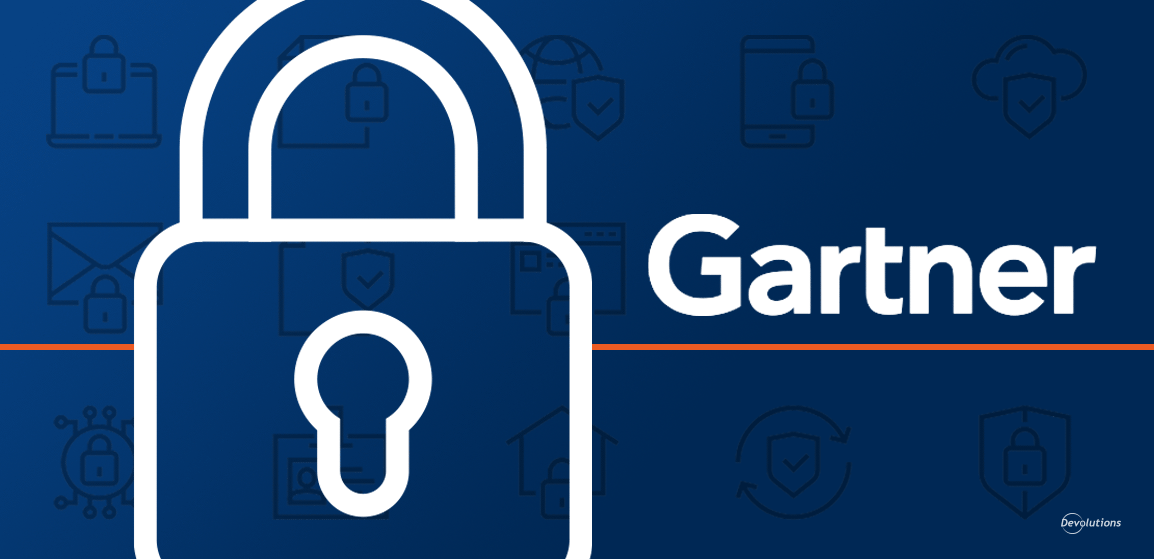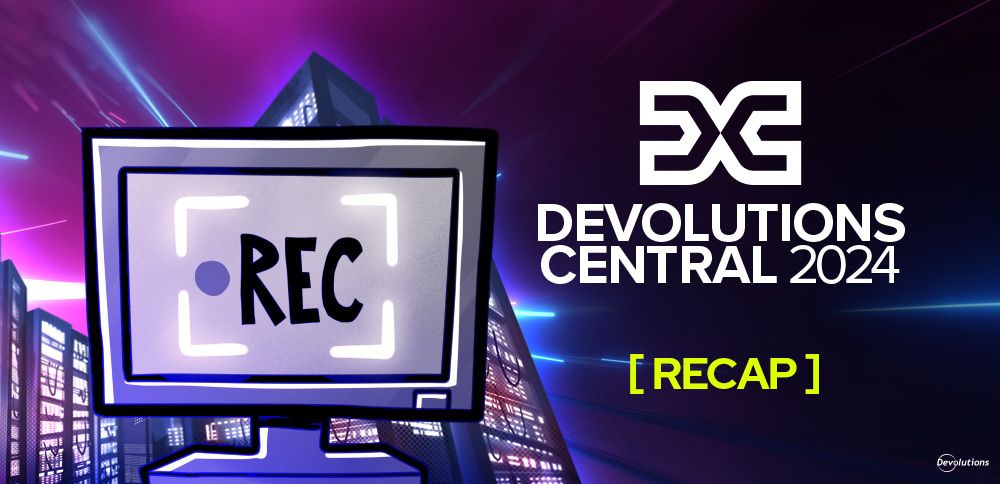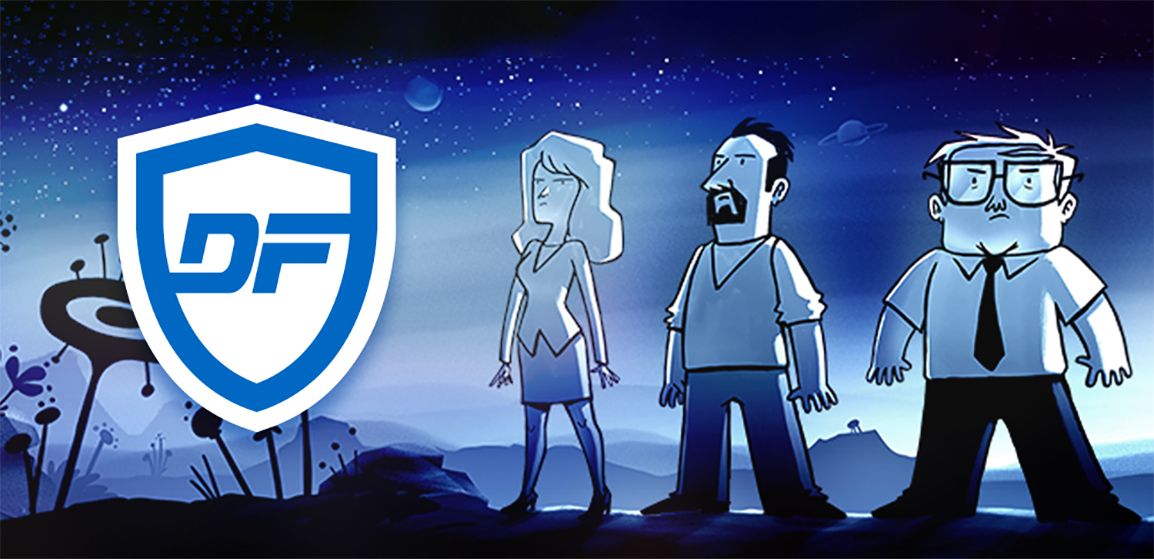Gartner has revealed its picks of the top 9 strategic technology trends for 2021. This year’s anticipated trends are anchored by three core themes that are all especially relevant in light of COVID-19:
- People-centricity, and empowering individuals with the digitalized processes and tools they need to function.
- Location independence, so that remote workers can collaborate productively and efficiently.
- Resilient delivery, regardless of internal or external factors, threats, and obstacles.
Below are the top 9 strategic technology trends for 2021, listed in their order of appearance on the Gartner report (and not necessarily by importance, impact, or priority):
1. Internet of Behaviors
Internet of Behaviors (IoB) involves capturing data from a wide variety of private and public sources, and leveraging that data to influence behavior. An example of this is how some drivers have allowed their insurance company to install a device in their car to monitor their driving habits and performance, in order to save them money on premiums.
Gartner acknowledges that the concept of IoB is not without significant ethical and social controversy. There is the possibility that this kind of mass data collection program could be used for improper or illicit aims. There is also the fact that various jurisdictions have different rules on how data can be captured and used.
2. Total Experience
Total experience integrates customer experience (CX), user experience (UX), employee experience (EX), and multiexperience (MX), in order to create a superior overall experience for all parties. Total experience is also a highly effective way for organizations to establish marketplace differentiation and drive competitive advantage.
3. Privacy-Enhancing Computation
The goal with privacy-enhancing computation is to enable organizations to securely and efficiently share data in untrusted environments. This is accomplished by integrating three data protection technologies that support secure data processing and data analytics: technologies that establish a trusted environment within which sensitive data can be analyzed or processed; technologies that perform processing and analytics in a decentralized way; and technologies that transform algorithms and data (prior to processing or analytics).
Gartner also notes that homomorphic encryption (HE) can help support and evolve privacy-enhancing computation. HE is a cryptographic method that allows third parties to process encrypted data, and then return an encrypted result to the data owner — while providing zero knowledge about the data or the results. Currently, full HE is not rapid enough for most business implementations.
4. Distributed Cloud
Distributed cloud provides public cloud options to different physical locations, but in a manner that is simpler and more cost effective than private cloud solutions. It also satisfies the compliance requirement to keep certain data within a specific geographical area. Distributed cloud models include: on-premises public cloud; IoT edge cloud; metro-area community cloud; 5G mobile edge cloud; and global network edge cloud.
5. Anywhere Operations
Anywhere operations is an IT operating model that is designed to support customers and employees, as well as manage the deployment of distributed services, from virtually anywhere. At the same time, this model is built to offer value-added experiences.
Gartner highlights five fundamental building blocks to drive seamless and scaleable anywhere operations: collaboration and productivity; secure remote access; cloud and edge infrastructure; quantification of the digital experience; and automation to support remote operations.
6. Cybersecurity Mesh
The cybersecurity mesh is a distributed architectural approach to dependable, adaptable, and scaleable cybersecurity control, and which essentially allows any authorized user to securely access any digital asset — regardless of where the user or the asset is located. While the concept of the cybersecurity mesh is not new, it has become increasingly prevalent and important in the aftermath of the coronavirus pandemic, as many users and assets are located (some of them permanently) outside conventional physical security parameters.
7. Intelligent Composable Delivery
The coronavirus pandemic revealed that many organizations were not as agile and flexible as they previously believed. As a result, instead of seamlessly pivoting, many business processes broke down and chaos erupted. Intelligent composable delivery is a modular architecture that aims to avoid this breakdown in the future through three critical objectives: enabling better access to information; enhancing information with new insights; changing and responding as decisions are made.
Gartner believes that there are several significant implications of intelligent composable delivery. These include: decision-making must focus on increasing the autonomy and augmentation of decisions; technology tools and platforms must prioritize democratization and composition (ultimately resulting in more personalized engagement and experiences); application vendors must shift their focus from single solutions to those that offer preassembled collections of business capabilities; and business units must focus on assembling capabilities that provide more role-specific app experiences.
8. AI Engineering
Naturally, no look at strategic technology trends in 2021 would be complete without looking at AI. Gartner predicts that in the year ahead, more organizations will adopt a robust AI engineering strategy that will deal with some of the problems that have plagued AI projects in recent years, including issues related to governance, scalability, and sustainability. AI engineering is the “bridge” that can move AI projects beyond the proof-of-concept and prototype stage, and into full-scale production.
As part of the same framework, Gartner also sees more attention being paid to what it calls “responsible AI,” which seeks to ensure AI accountability at both the organizational and societal levels by embracing trust, ethics, fairness, safety, and compliance.
9. Hyperautomation
Hyperautomation leverages AI, machine learning, robotic process automation, and event-driven software to automate as many IT and business processes as possible. Gartner believes that hyperautomation is the key to unlocking digital operational excellence and operational resiliency. This is especially important during (and after) COVID-19, as organizations are being pushed to rapidly allow and enhance more remote, digital-first options.
The Bottom Line
As a whole, what these strategies reveal is that the deep level of uncertainty that currently characterizes the business landscape is not expected to diminish soon — even after COVID-19 is over. In other words, abnormal is the new normal, and as such organizations need to find smarter, faster, and safer ways to support robust security, operational excellence, and customer success. As noted by Gartner in the report: “Organizations that are prepared to pivot and adapt will weather all types of disruptions. As always, these strategic technology trends do not operate independently of each other, but rather they build on and reinforce each other. Together they enable organizational plasticity that will help guide organizations in the next five years.”
Download the free Gartner report (sign-up and work email address required) here.




